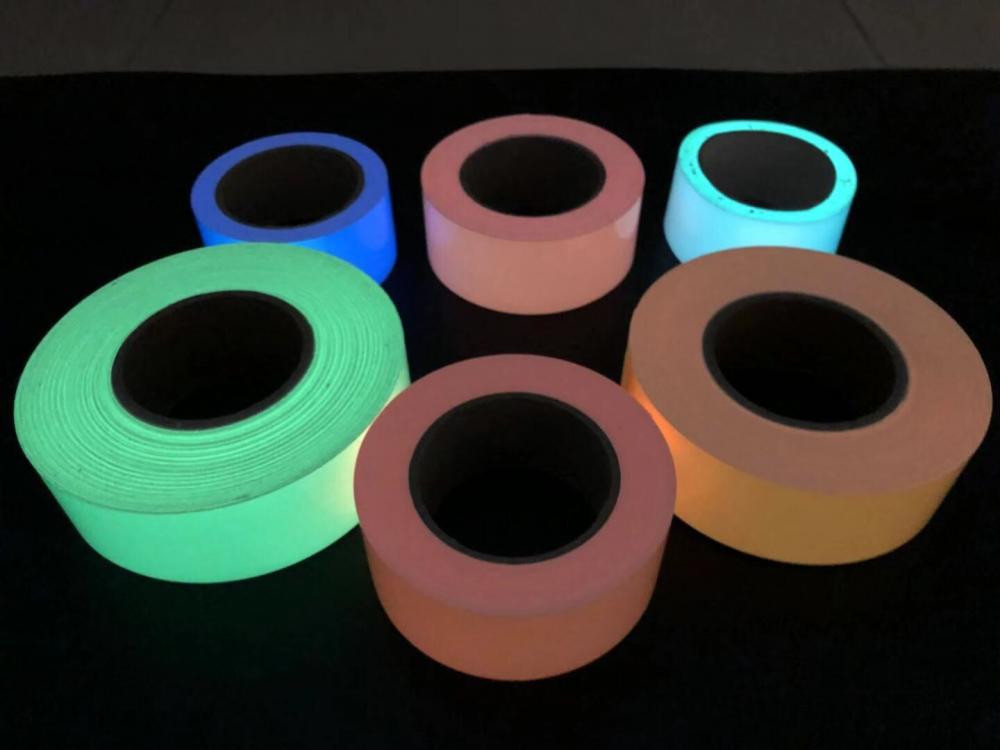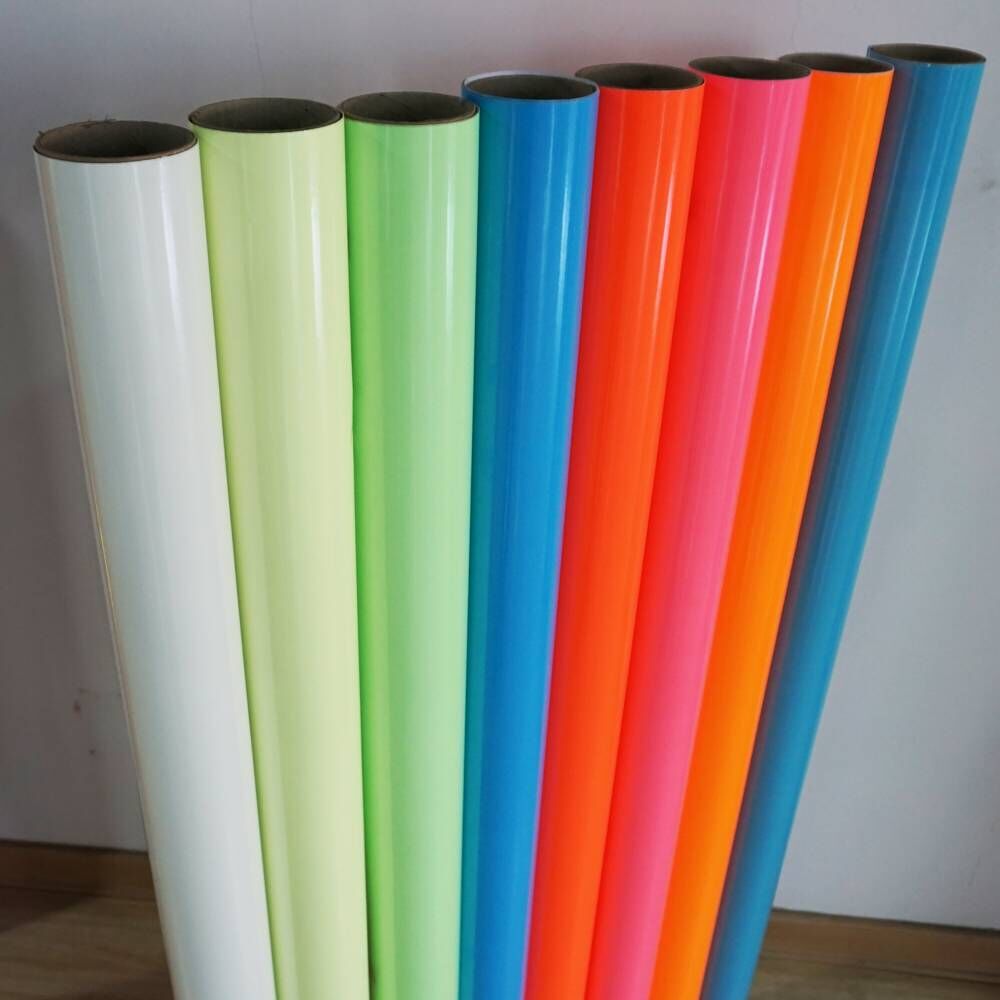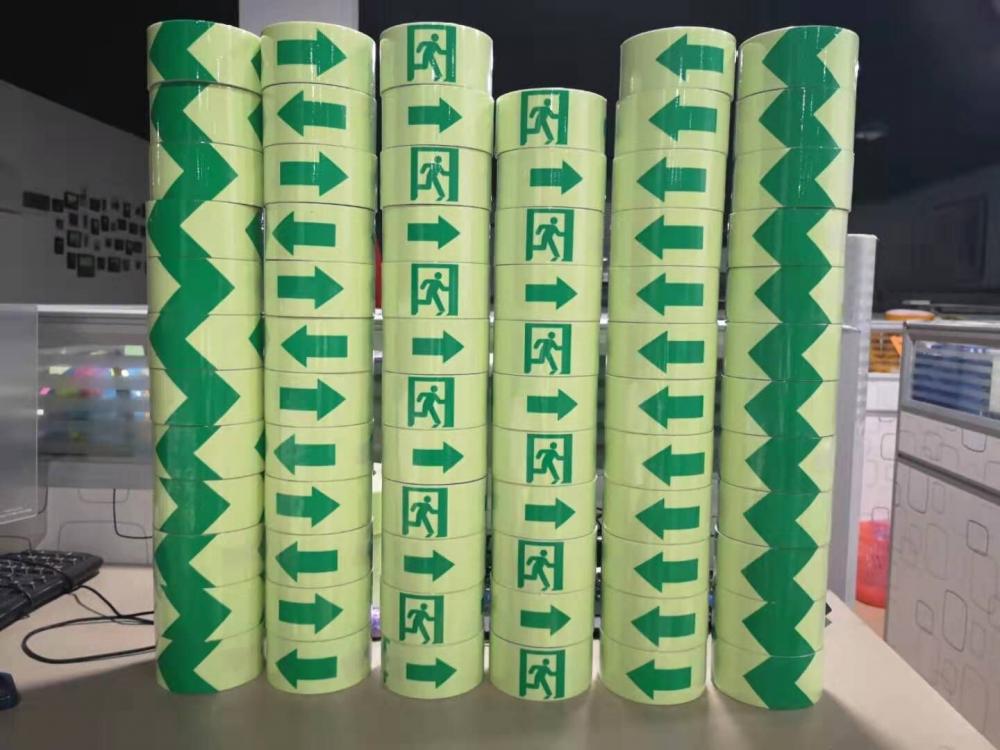[China Pharmaceutical Network Technology News] "Great Health Industry" The next three technologies worth looking forward to are genomics, nanotechnology and robotics. Recently, the Forbes website published an article by Greg Satell, a well-known American business consultant, which described the next 10 years of technology that the "health industry" is worth looking forward to.
Most people believe that technology changes the world. However, the economist Robert Gordon's new work "The Ups and Downs of American Growth" does not agree with this view. In his article, he pointed out that productivity only surged between the 1920s and the 1970s, and then global productivity remained almost the same.
He believes that there is a lag in the transformation of technology into productivity, and that the significance of the Internet of Things may not be as significant as electricity. For example, the discovery of electrical energy, internal combustion engines and antibiotics has far more impact on social progress than mobile Internet technology. His views may be correct, but this does not determine the impact of some other very important technologies on society.
In the 2005 best-selling book The Singularity Is Near, author Ray Kurzweil said that the end of the mobile Internet will not have better hardware devices and APP, but genomics, nanotechnology and robotics Will make technology close to singularity. Now, the impact of these technologies on society is just beginning, and the next decade will verify that Gordon is right.
Open a more powerful code
As everyone knows, Silicon Valley engineers are world-renowned for their powerful computer programming capabilities. However, there is a decoding power that is more important than programming, which is to uncover the genetic codon - DNA. Nowadays, genomics has emerged and the outlook is promising.
First, decoding DNA is of great significance in the treatment of cancer. Cancer Genomics has opened up a new, more targeted cancer treatment. The therapy is based on genetic testing data from patients with cancer, giving more accurate cancer typing, rather than defining cancer based on the location of the tumor, such as prostate cancer, breast cancer, and so on. At the same time, the combination of genomics and immunotherapy has brought new hopes for humans to overcome cancer.
In addition, CRISPR technology can accurately edit DNA, or it will help humans to overcome HIV and other autoimmune diseases, and even by modifying yeast DNA to produce a new chemical alternative to plastics.
All in all, genomics is still in the very early stage of scientific and technological application, and the application of human understanding is still only fur. But although it is still in the dawn stage, it does not affect its history of changing the next 10 years. Recall the role of antibiotics in human health in the last century. Genomics has the potential to go far beyond antibiotics.
Explore the "bottom" of technology
In 1959, just after Christmas, the late physicist Richard Feynman gave a speech on "There is still a lot of space at the bottom" at the American Physics Annual Meeting. The professor who was teaching at the California Institute of Technology at the time presented a new idea to his colleagues. From the Stone Age, all the techniques of human sharpening arrows to lithographic chips are related to the one-time removal or fusion of hundreds of millions of atoms to make a useful form of matter. Feynman asks, why can't we start from another angle and assemble from a single molecule or even an atom to meet our requirements? He said: "At least in my opinion, the laws of physics do not exclude an atom. The possibility of making objects atomically." Soon after, he created a new science, what we now call "nanotechnology."
Today, nanotechnology has triggered a series of new physical materials, such as the revolutionary electronic device "quantum dots", resulting in more efficient computers and cheaper, clearer TVs. Graphene, another product of nanotechnology, can also be used to make a wide variety of products, such as super-lightweight and prosthetic prosthetic superconducting wires.
Undoubtedly, the impact of nanotechnology on humans is incalculable. In the field of solar cells, for example, although it seems difficult to use solar energy today, in the future, nanotechnology will greatly reduce our energy consumption, and the price of energy will be reduced to the present in the next 10 years. Half of it will be reduced to 1/5 of the current 20 years. At present, energy has already occupied at least 8% of a country's GDP, so the discovery of this technology will significantly increase the country's productivity and have a huge impact.
In the long river of history, mankind relies heavily on the materials that nature has given us. Today, we are able to walk on the edge of designing the material we want. Once nanotechnology for genomics, quantum dots, and graphene is feasible, the impact on humans is unimaginable.
The rise of robots
In 1961, GM installed the first industrial robot at its plant in Trenton, New Jersey, opening up a new industrial model for robotic manufacturing. Industrial robots are multi-joint robots or multi-degree-of-freedom machines that can work intelligently under human control and can be a perfect substitute for human work on the production line. In 1969, the emergence of the first ATM machine allowed the robot to replace some paperwork.
Compared with manpower, industrial robots are characterized by low cost, high efficiency and 24-hour work. In recent years, with the continuous maturity of robotics. Today, more and more robots are coming to us and integrating into civilian life. For example, Amazon is launching a drone delivery service, and IBM's Watson can help doctors diagnose patients. With the further development of technology, robots will take over more human work.
Innovation is never a single event
Robert Gordon's point of view is sharp but worthy of certification. In addition to the short time in the late 1990s, human beings benefited from digital technology with measurability, and its far-reaching impact was far less than earlier innovations such as electricity, internal combustion engines, and antibiotics.
However, his judgment may be too early. Faraday invented the click in the 1830s (1830s) and discovered the internal combustion engine in the 1870s (1870s), but its social impact was highlighted in the 1920s (1920s) to the 1970s (1970s). In the meantime, similar steering wheels, brake systems, roads, home appliances, computers, etc. need to be developed step by step.
Indeed, innovation has never been a single event. It requires forward-thinking insight, the ability to unique engineering solutions, and the ability to transform across different segments of the industry. Technology itself does not make progress, we need to find important issues that need to be addressed, and then use its strengths to change the way we work.
Although the various apps in front of smartphones are cool and convenient, the real impact of digital technology has not yet arrived. Only the comprehensive application of multiple technologies and solving various new problems faced by human beings can have far-reaching significance in truly promoting social productivity.
Original title: 3 technologies (genomics, nanotechnology and robotics) worth looking forward to in the next 10 years
Glow In Dark Tape
Glow In Dark Tape
1. Material and classification of glow in dark tape
We have PET material glow in dark tape and PVC material glow in dark tape. PET material is cheaper but not printable. PVC material support customized printing with low MOQ.
For both materials, we have different kinds according to the glowing time it can last after full charging (0.5hours charging at least). We have 2hours, 4hour, 6hours, 8hours and 10hours according to the glowing period it can last.
2. Colors for choosing
We have light green, pink, orange, red, blue, white for choosing.
3. Features
a. Good ahesion, we use solvent acrylic adhesive, the adhesive is strong and long lasting.
b. Waterproof. Both PET and PVC material are waterproof. Can used for both indoor and outdoor usage.
c. Long service life: 2~3 years even for outdoor usage.
d. Different sizes for choosing: 1.24m x 45.7m log roll, or other customized sizes such as 25mm/ 50mm x 5meters/ 10yards/ 10meters/ 18meters, etc.
e, Accept die cuting to small pieces such as dots, stars, arrows, etc,








Glow Grip Tape,Luminous Adhesive Tape,Waterproof Glow In The Dark Tape,Glow In The Dark Reflective Tape
Kunshan Jieyudeng Intelligent Technology Co., Ltd. , https://www.jerrytapes.com







